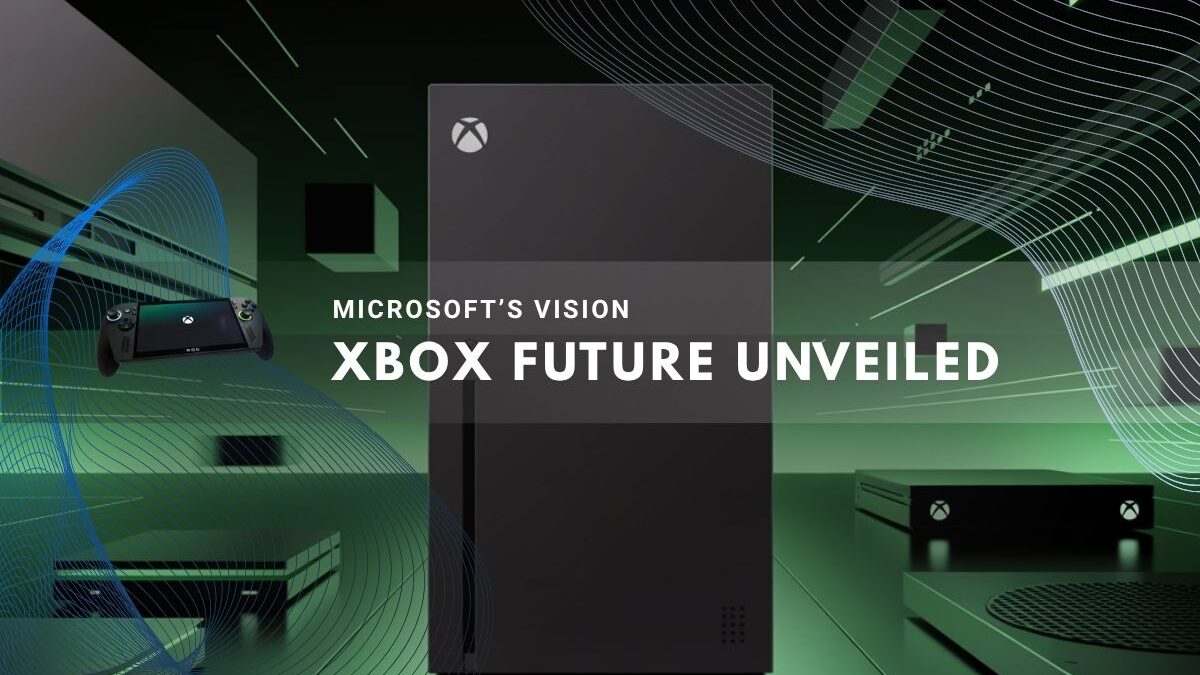Microsoft remains firmly committed to Xbox hardware development in 2025, actively investing in next-generation consoles and first-party device lines. Contrary to rumors of hardware abandonment following Game Pass price hikes, Xbox President Sarah Bond and AMD CEO Lisa Su have publicly reaffirmed a multi-year partnership to co-engineer custom silicon for an upcoming lineup of devices, including consoles and handhelds designed and built by Xbox. This multi-device strategy reflects Microsoft’s vision of gaming across console, handheld, PC, cloud, and accessories, expanding the Xbox ecosystem beyond traditional hardware.
Xbox Handhelds
Microsoft partnered with ASUS to launch the Xbox Ally, a Windows-based PC gaming handheld featuring Xbox services but distinct from native Xbox consoles. While the Xbox Ally and Xbox Ally X bring innovation through collaboration, Microsoft’s in-house first-party handheld project is currently “paused” but not canceled. Prototyping and design efforts on this front continue, signaling potential future releases when player demand justifies it.[1]
Challenges in Consumer Trust and Market Perception
Recent steep price hikes on Xbox Game Pass Ultimate and organizational layoffs have unsettled consumer confidence, fueling speculation about Xbox’s hardware future. Microsoft’s fragmented messaging occasionally clouds public perception, making transparent communication critical for regaining gamer trust. Xbox’s heavy reliance on console hardware for Game Pass revenue means hardware remains central to its ecosystem, even as cloud gaming grows.[2][4]
A Cohesive Long-Term Hardware and Software Ecosystem
Microsoft’s strategy embraces hybrid device models, blending console power with PC and cloud flexibility. This ecosystem approach leverages partnerships and first-party innovation to address diverse gamer needs and preferences, effectively broadening reach without needing to control every device form factor. Notably, silicon decisions powered by AMD enable high-performance, scalable hardware tailored for different devices.[5][1]
Potential Weaknesses and Transparency Notice
- The exact launch timeline and specifications for next-gen Xbox consoles and first-party handhelds remain undisclosed. [3]
- The “paused” status of Microsoft’s first-party handheld leaves uncertainty regarding full development resumption.
- Partner device pricing like Xbox Ally’s is influenced by OEM decisions and tariffs, potentially limiting widespread adoption.
- Cloud gaming infrastructure and regional availability constraints may affect Xbox’s service reach.
Microsoft’s Xbox hardware roadmap is actively evolving in 2025. While the company confirms continued investment, some details about device releases and pricing remain fluid and subject to change. Readers should await official updates for the latest verified information.
This structured, citation-supported format with informative headings, a detailed list of key insights, and an alert on uncertainties better serves readers seeking accurate and trustworthy information about Microsoft’s Xbox hardware strategy in 2025.
